Frequency range: 26.5- 28MHz SWR: ≤1.2:1 Max. power: 35W continuous 250W Short time Bandwidth at S.W.R. 2:1: 1900KHz Impedance: 50ohm Whip length: 1200mm Adjustment: 0~90° Cable Length: RG58/157" Po...
See DetailsWhat's the Difference Between Fiberglass and Steel CB Antennas?
The Citizens Band (CB) radio, a staple in long-haul trucking, off-roading, and emergency preparedness, relies on one critical component for performance: the antenna. The choice of antenna fundamentally dictates the range, clarity, and reliability of communication. Among the myriad of options, two materials dominate the market: fiberglass and steel. Understanding the differences between fiberglass and steel CB antennas is essential for making an informed purchase that aligns with specific needs and applications.
Understanding the Core Types
1. Steel CB Antennas (Often "Whip" Antennas)
Steel CB antennas are typically constructed as a single, solid whip of stainless steel or a steel core with a protective coating. They are often based on a design known as a "quarter-wave" antenna, which for the 27 MHz CB band is approximately 102 inches (8.5 feet) long. To make these antennas more practical for vehicle use, many employ a coiled spring at the base or a design that "loads" the antenna to shorten its physical length.
2. Fiberglass CB Antennas
Fiberglass CB antennas use a fiberglass rod as the structural body. Inside this protective shell runs a copper wire radiator, which is the actual antenna element. The fiberglass itself is non-conductive. These antennas are almost always "loaded" antennas, meaning they use a coil (either at the base, center, or top) to electrically lengthen the antenna, allowing for a much shorter physical profile than a full-length steel whip.
A Detailed Comparative Analysis
| Feature | Steel Whip Antennas | Fiberglass Antennas |
|---|---|---|
| Durability & Build | Highly resistant to impact and abrasion. A high-quality stainless steel whip can bend significantly without permanent deformation. A base spring can absorb shocks from overhead obstacles. | Resistant to weather and corrosion. However, the fiberglass shell can crack or splinter upon a severe impact, potentially damaging the internal wire. |
| Performance | Generally considered the performance benchmark. The larger surface area of steel and efficient design often results in a slightly better signal radiation pattern and lower loss, yielding excellent range and SWR characteristics. | Offer very good performance. The efficiency can be slightly less than a full steel whip due to inherent loss in the loading coil and the smaller radiating surface. However, modern designs provide more than adequate performance for most users. |
| Length & Practicality | Often very long, which can be impractical for use with low-clearance vehicles or garages. Loaded shorter steel whips are available but may involve trade-offs in performance. | Noted for their shorter and more flexible length. This makes them ideal for applications where vertical clearance is a concern, such as on pickup trucks, SUVs, or vehicles with a carport. |
| Maintenance | Prone to rust if the protective coating is compromised, especially on cheaper models. Requires occasional checking for corrosion. | The fiberglass body is inherently corrosion-proof. The main concern is inspecting for physical damage to the shell after an impact. |
| Cost | Can range from very inexpensive for basic models to costly for premium, heavy-duty whips. | Typically mid-range in price, though this varies significantly with quality and features. |
Primary Applications and Use Cases
-
Steel CB Antennas are the traditional choice for applications where maximum performance and durability are paramount and length is not a restricting factor. They are overwhelmingly preferred by:
-
Long-haul truck drivers.
-
Users in rural areas seeking the farthest possible range.
-
Environments where the antenna may be subjected to physical abuse from branches or debris.
-
-
Fiberglass CB Antennas excel in scenarios requiring a balance of performance and practicality. They are commonly found on:
-
Pickup trucks, SUVs, and personal vehicles with lower clearance.
-
Recreational vehicles (RVs) and campers.
-
Users who require a more discreet or low-profile antenna setup.
-
Frequently Asked Questions (FAQ)
Q: Which type of CB antenna ultimately performs better?
A: All factors being equal (especially installation), a full-length 102-inch steel whip antenna is often considered the most efficient radiator. However, a high-quality fiberglass antenna can perform nearly as well and is a superior practical choice for many users. Proper installation and tuning are more significant factors for performance than the material alone.
Q: Can the material affect the SWR (Standing Wave Ratio) reading?
A: The material itself does not directly cause a high SWR. However, the design and construction quality of the antenna do. Both fiberglass and steel CB antennas can achieve an excellent SWR (close to 1.1:1) if they are well-made, correctly matched to the vehicle, and properly tuned.
Q: Are fiberglass antennas safer than steel?
A: They can be in certain contexts. The non-conductive fiberglass body will not accidentally short against vehicle body panels or power lines. A swinging steel whip carries a higher risk of conducting electricity if it contacts overhead power lines, which is extremely dangerous.
Q: How does mounting location affect the choice?
A: Mounting location is critical for any antenna. A steel whip's flexibility makes it better suited for mirrors or bumpers where it will see more movement. A stiffer fiberglass antenna is often mounted on the roof or a rigid bracket to minimize excessive sway.
The debate between fiberglass and steel CB antennas is not about declaring one universally superior. It is about matching the antenna's characteristics to the user's specific requirements. For uncompromising performance and ultimate durability where size is no object, a steel whip remains a gold standard. For a blend of very good performance, corrosion resistance, and everyday practicality, a fiberglass antenna is an excellent and popular choice. Evaluating the intended use, vehicle type, and operating environment will lead to the correct decision between these two effective types of CB antennas.

 English
English Español
Español
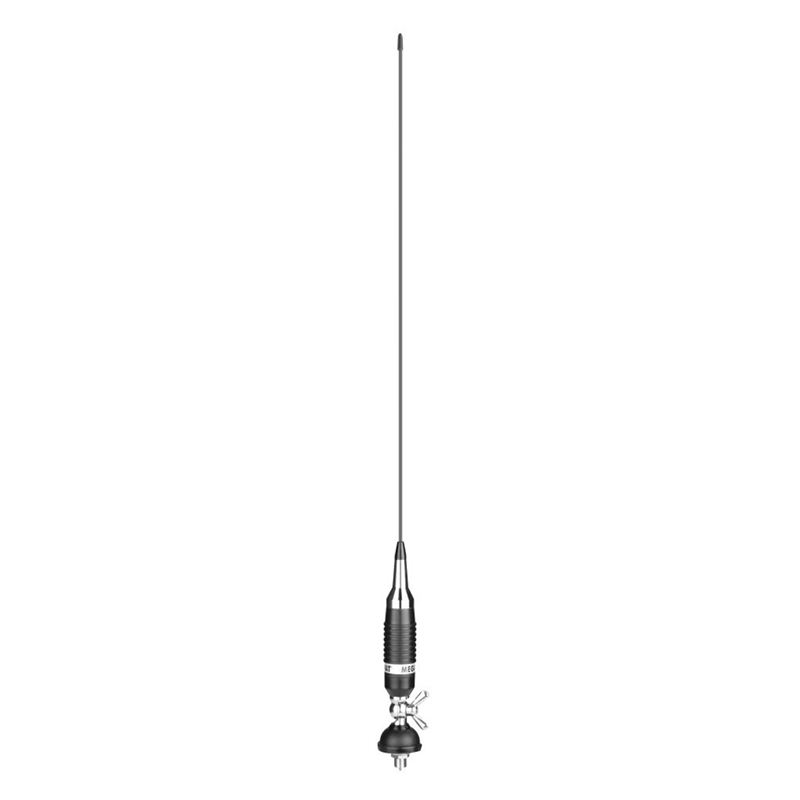
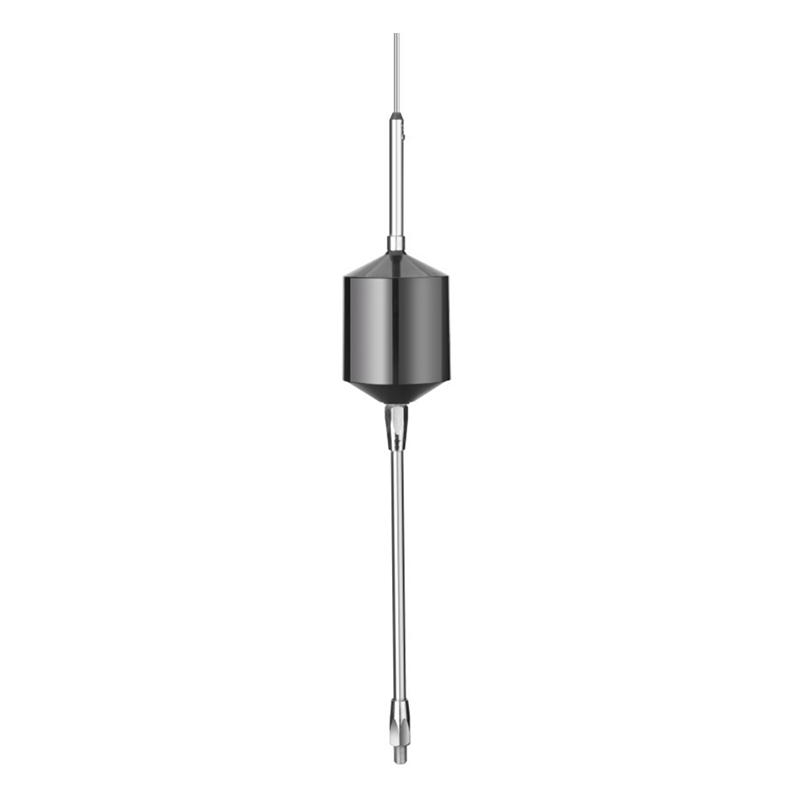
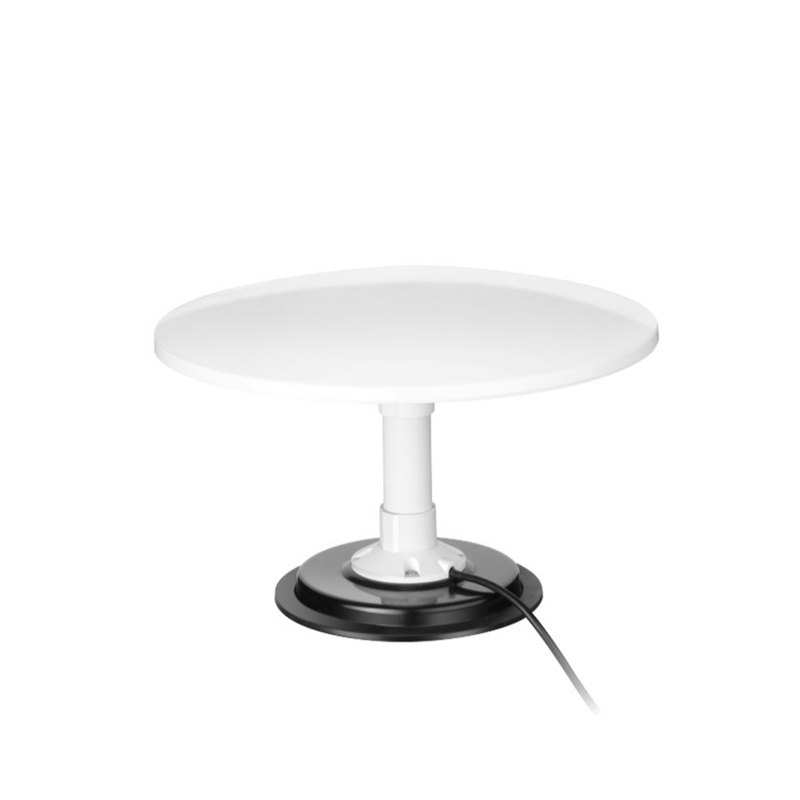
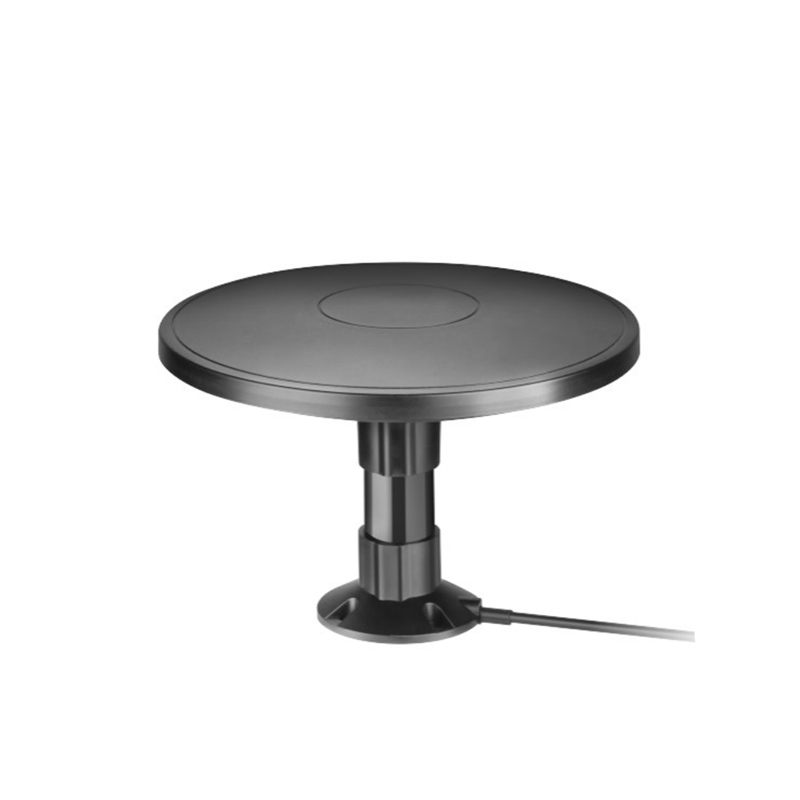

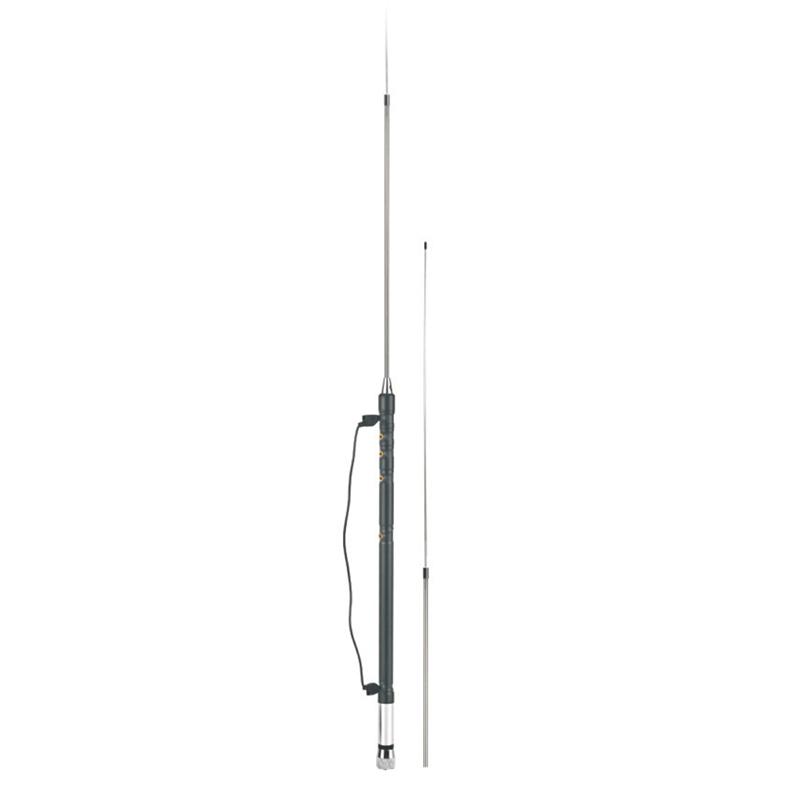
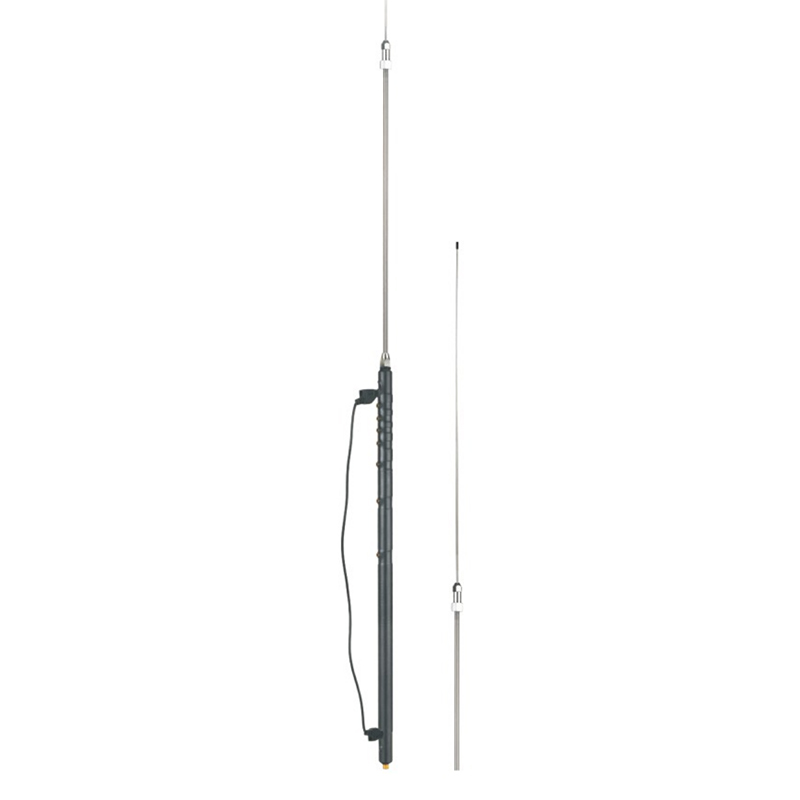
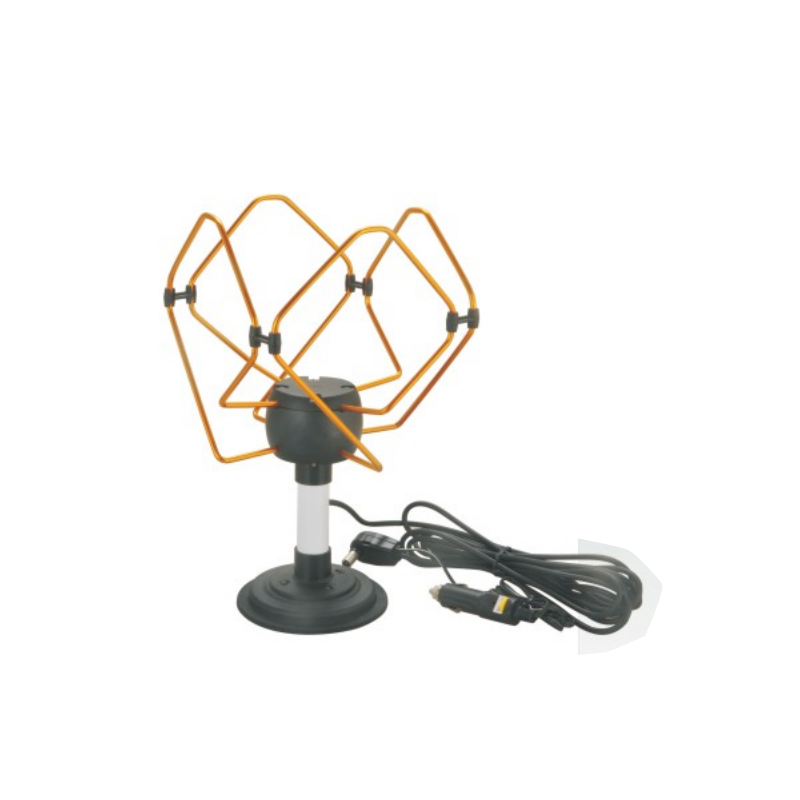

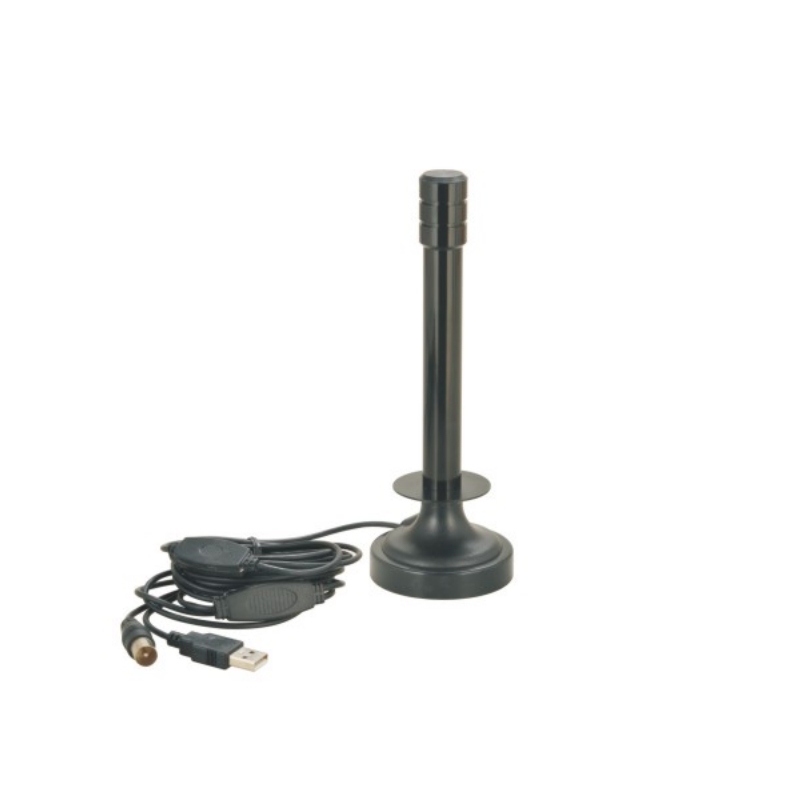
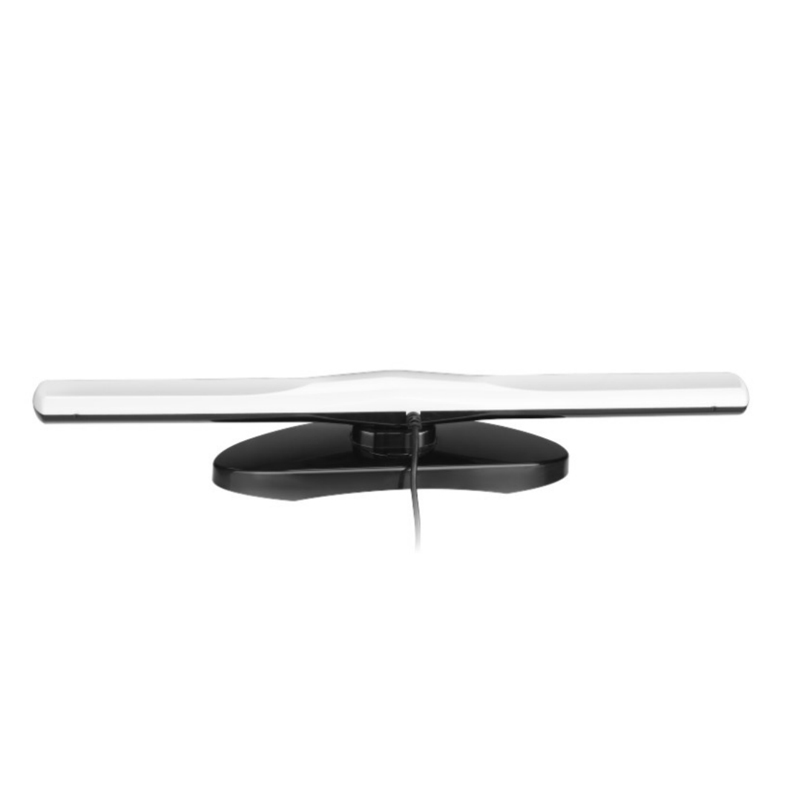
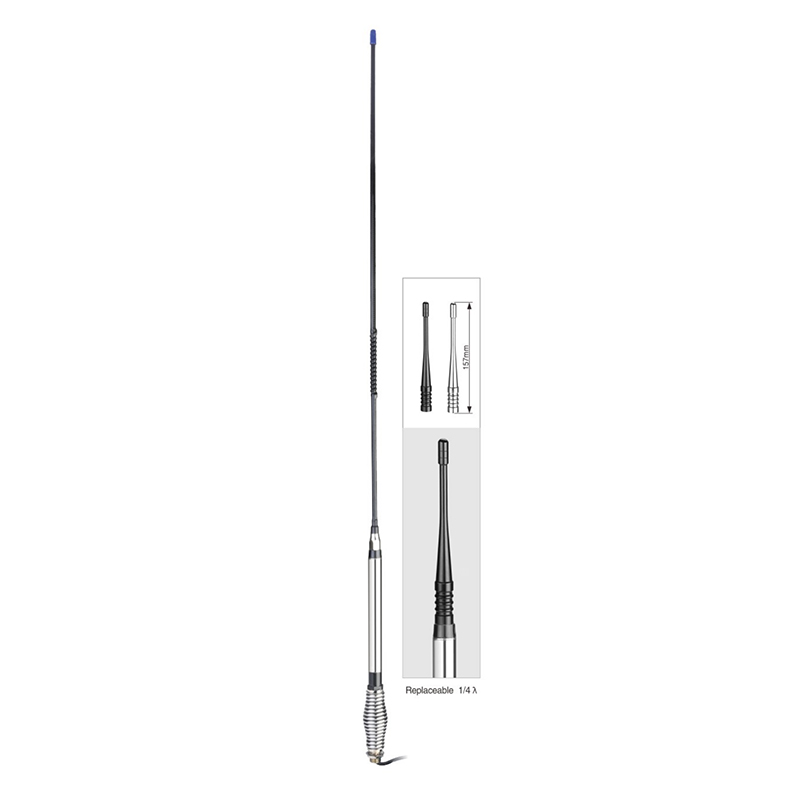

Contact Us